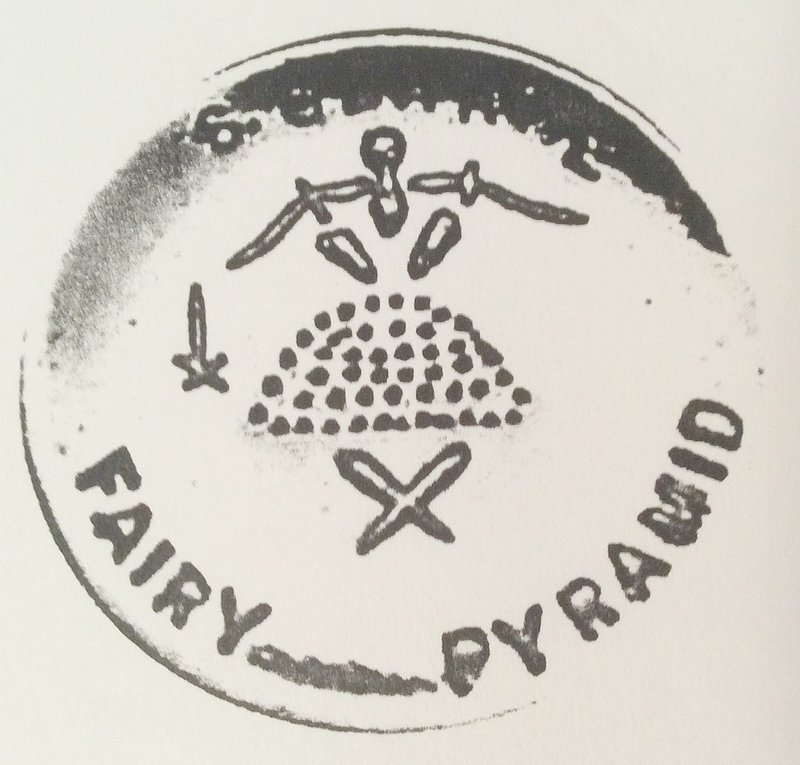Fairy lamps, all formed of decorated glass and designed to safely hold a candle, are the focus of a new exhibit at the Bella Vista Museum.
The lamps are on loan from Pat and Mark Kirby, who also loaned the museum a nativity exhibit in December. The Kirbys will give a presentation about the lamps at 2 p.m. Sunday, Feb. 12.
"I think that's pretty," volunteer docent Winnie Leonard said. "They had nativity sets for Christmas that were real pretty, too."
Pat Kirby said they've been collecting these lamps since about 2000, before they moved to Bella Vista from Iowa. An Iowan friend, she said, got them interested in the lamps, and they picked up their first at the Bella Vista Flea Market.
"We have purchased several from this area before we moved," she said. "Then they turned around and came back with us."
While their collection is relatively large after roughly a decade and a half, she said, they did not take some of their more valuable lamps to the museum for safety's sake.
Their purchasing, she said, has also slowed down more recently, largely because it isn't easy to find space for them.
"It has to be pretty unique for us to buy it now," Kirby said.
This style of lamp, she said, consists typically of two glass pieces, though some designs feature a third piece to hold the candle. There's a glass cup over a dome, she said, and the candle is kept inside of that.
The design was patented in 1885 by Samuel Clarke, she said, and it became very popular late in that century, where candlelight was a common source of home illumination. Clarke's lamps also featured a trademark etching on the bottom, she said.
"His trademark was a little fairy on the bottom," Kirby said. "That little fairy was why they're called fairy lamps."
The glass surround made these lamps a safe way to burn candles, she said, and also helped to prevent flickering -- a common issue in lamps of the era.
Her lamps, she said, are not Victorian relics, of which there are very few survivors. While the design fell by the wayside, she said, nearly a century later fairy lamps made something of a comeback and were produced in the 1970s. Some firms, she said, continue to produce them.
Some were sold outright, she said, but others were given away. She owns at least one, she said, that was initially included as a bonus in a box of powdered dish soap.
While some people are interested in glasswork as a whole, Kirby said, she and her husband are more interested in the lamps for their own sake.
Those interested in learning more about these lamps, she said, should come to the Feb. 12 presentation.
General News on 01/11/2017
